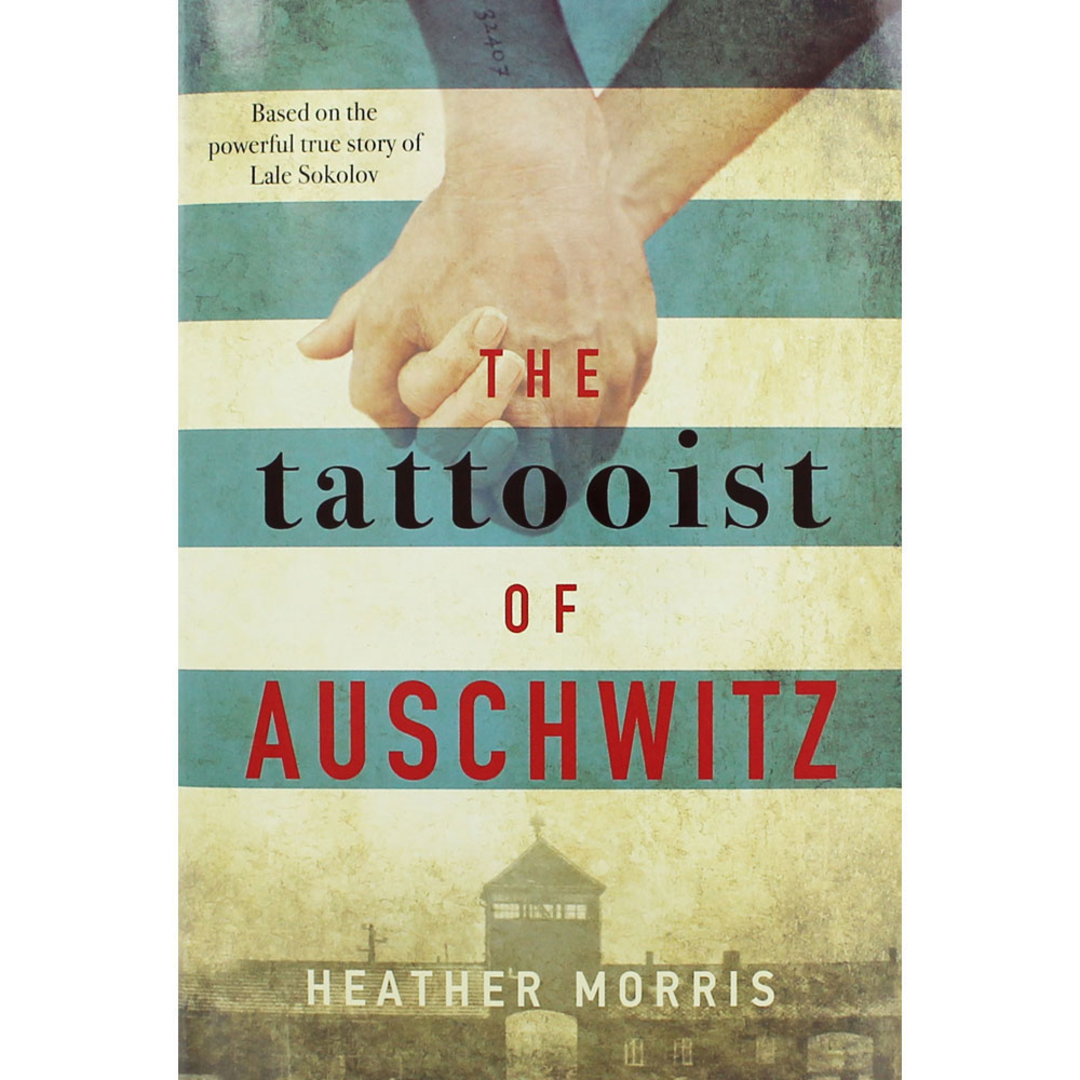After reading the recently popular novel, The Tattooist of Auschwitz by Heather Morris, I was surprised how emotionless I felt. A love story based on the life of Lale Sokolov, The Tattooist of Auschwitz is set in the concentration camp, Auschwitz, in Poland from 1942-1945. In the midst of torture and imprisonment during the second World War, protagonist Lale falls deeply in love with fellow prisoner, Gita. Being worked to the bone for over two years they are eventually forced apart from each other and transported to different camps. With no freedom or knowledge of how to reconnect in the camp, Lale escapes to find his beloved.
Having prior knowledge about some of the atrocities that took place during World War II, I assumed the novel would be an accurate representation of those terrible times. But as I read more about Lale’s life in the camp, it was clear to me that Morris’ telling of the camp seemed to be just gliding along the surface of what happened. Of course with only 250 pages one cannot describe the entire intense hell lived in concentration camps, but I still expected more. The author describes the low rations of food for prisoners, the long days spent labouring, and the too often aquatinance with death many had, but the book still seemed to be lacking the description of the emotional nightmare they were presumably in.
Written in third person, we aren’t able to know Lale’s thoughts very well, only in a few italicized sentences throughout the piece. The novel often reads as bullet points, describing what each person was doing in the scene and where they were going, frequently leaving out the character’s inner dialogue. Sometimes we were told that Lale was scared but unfortunately that was the end of the description of his fear. I needed more to truly connect with Lale’s character.
Mr. Sokolov met with Morris in 2003 to make sure his story was told before he died. After collecting his story she composed it into a screenplay. As time went on it was made clear that this life would be better told as a novel. As Morris shifted mediums she did her best to keep as much as she could true. Her editor claims the book is 95 percent true, the rest was added to fill time gaps or other holes in the story.
Even though I left this book feeling not as moved as I hoped to be, I would still recommend it. The novel was a quick read but covered a noble story of bravery, courage, and having hope in times of utter hardship. Morris did justice to Mr. Sokolov’s story and brought honour to his name.


